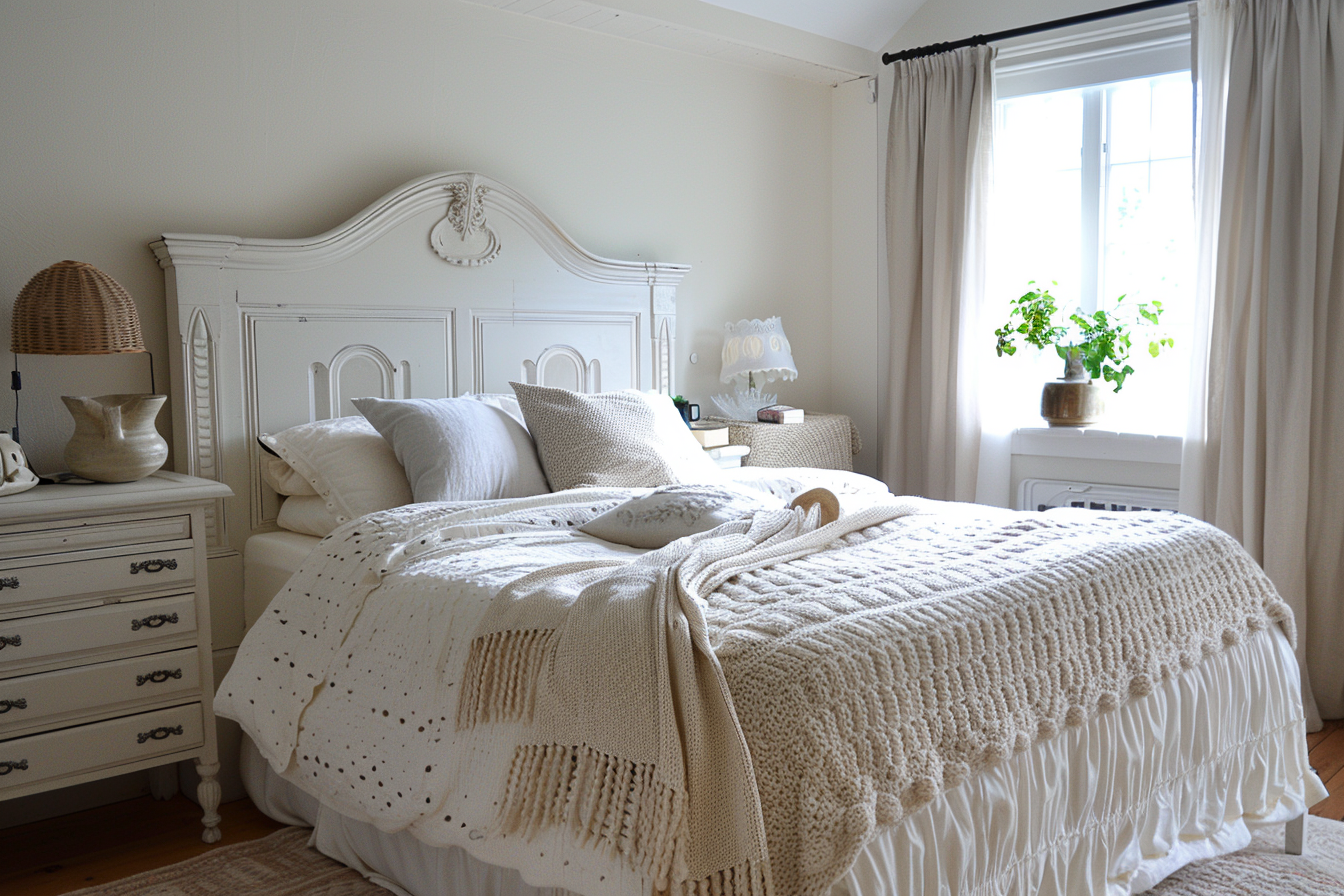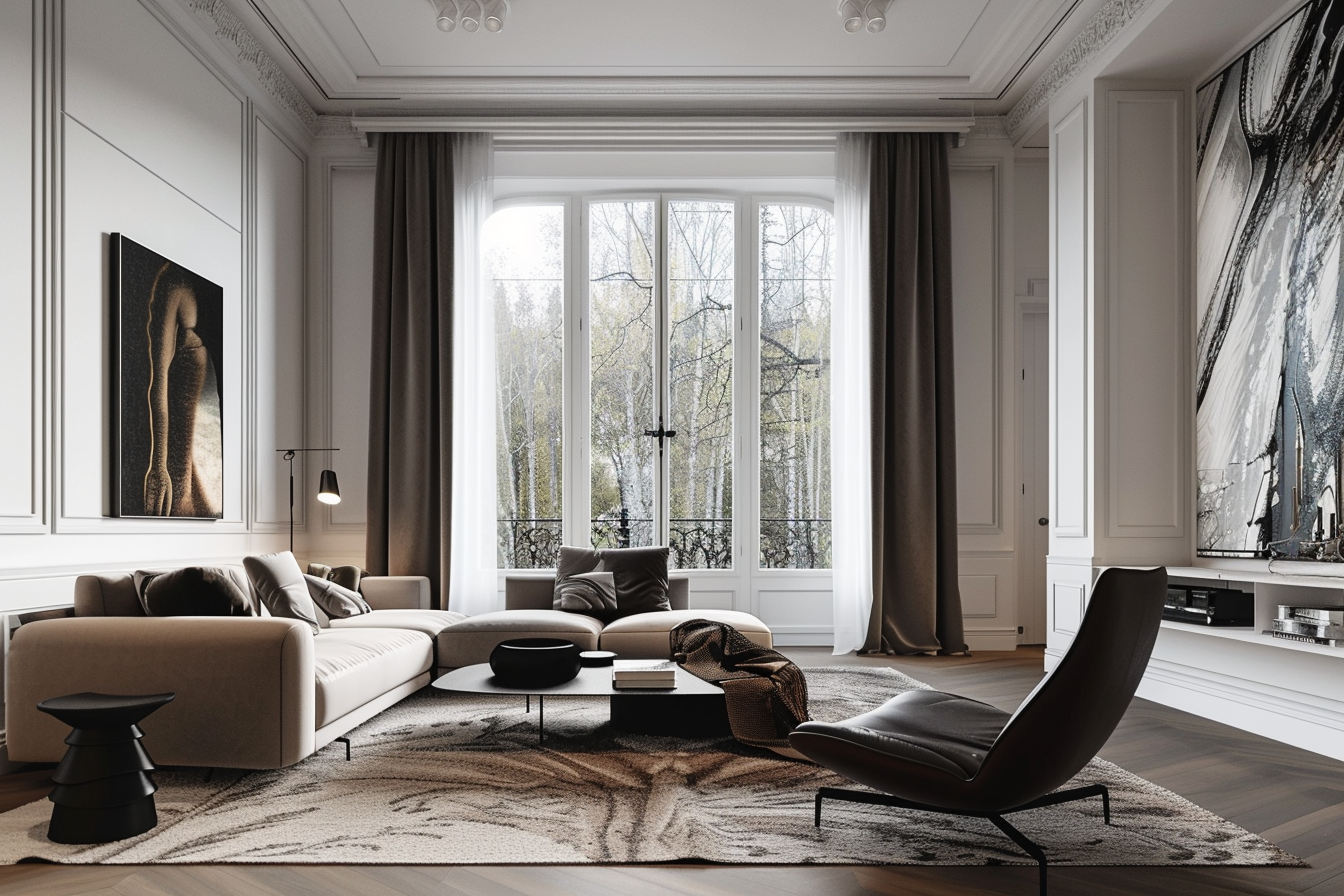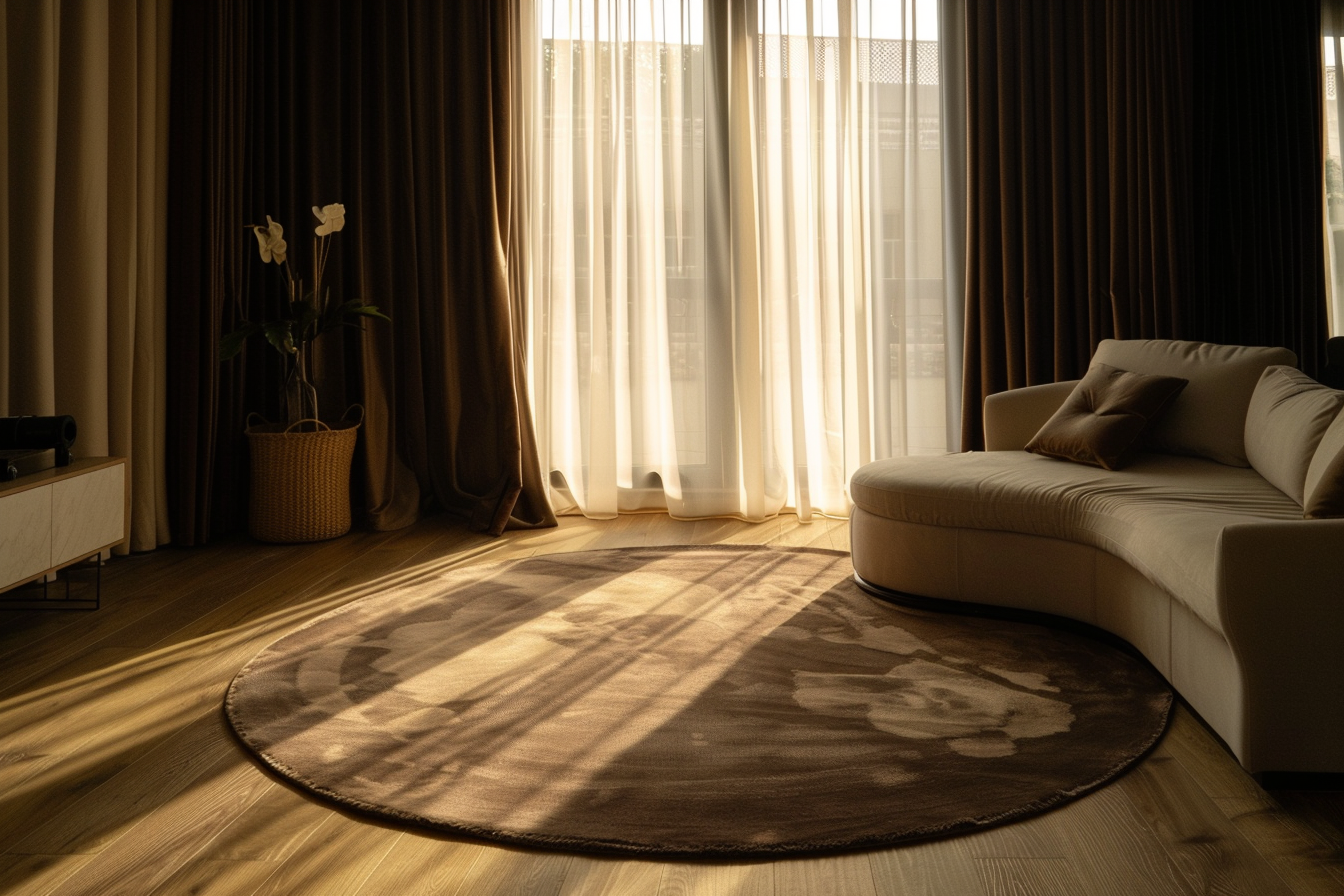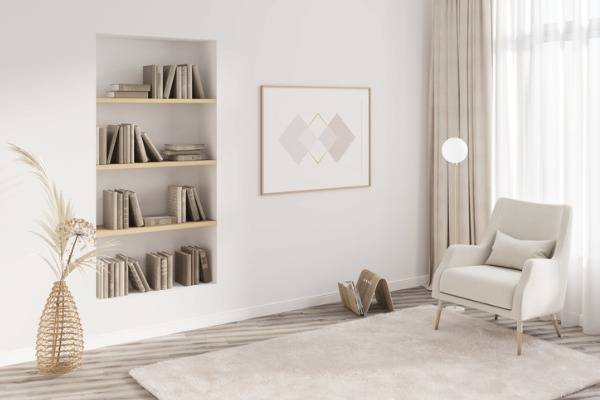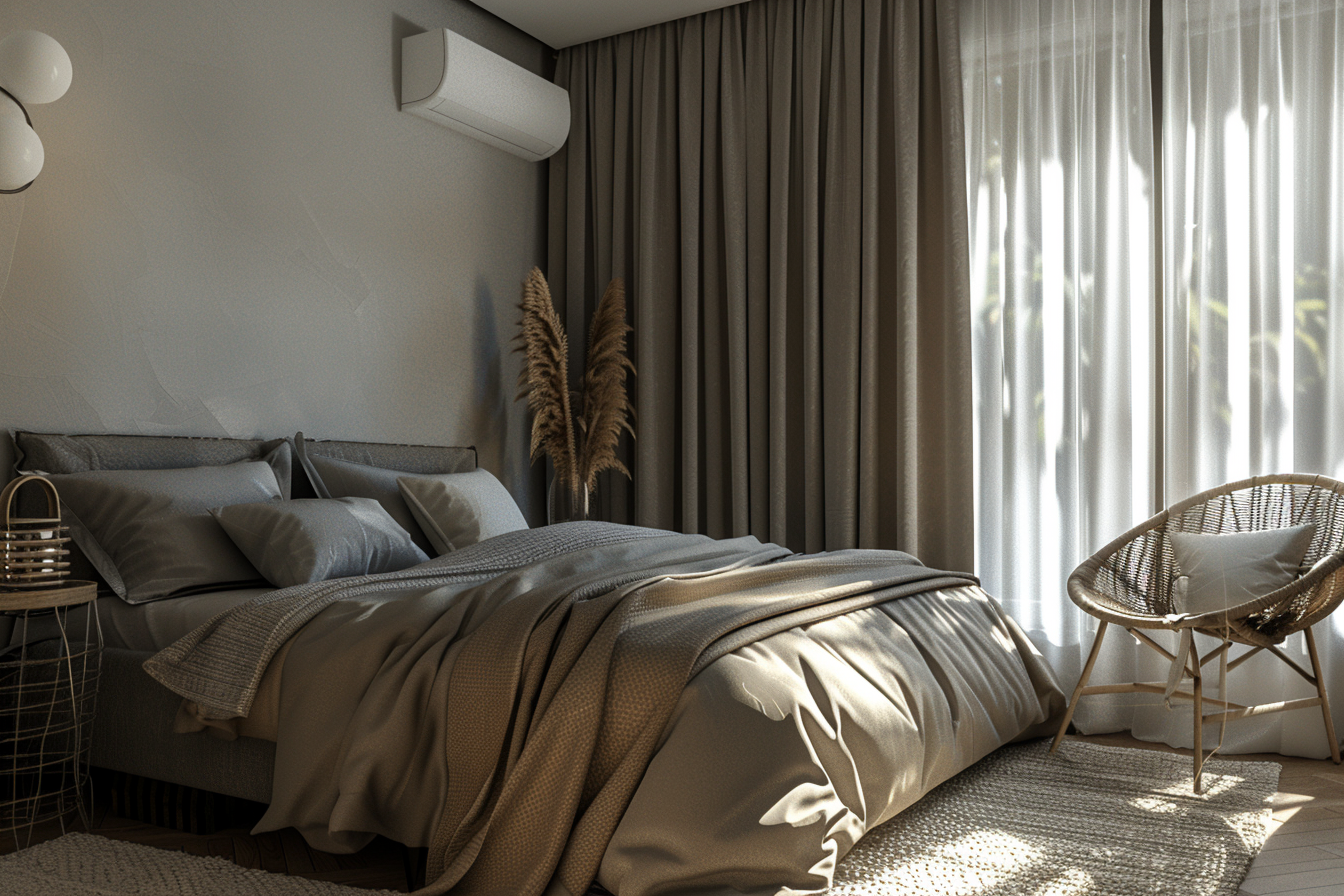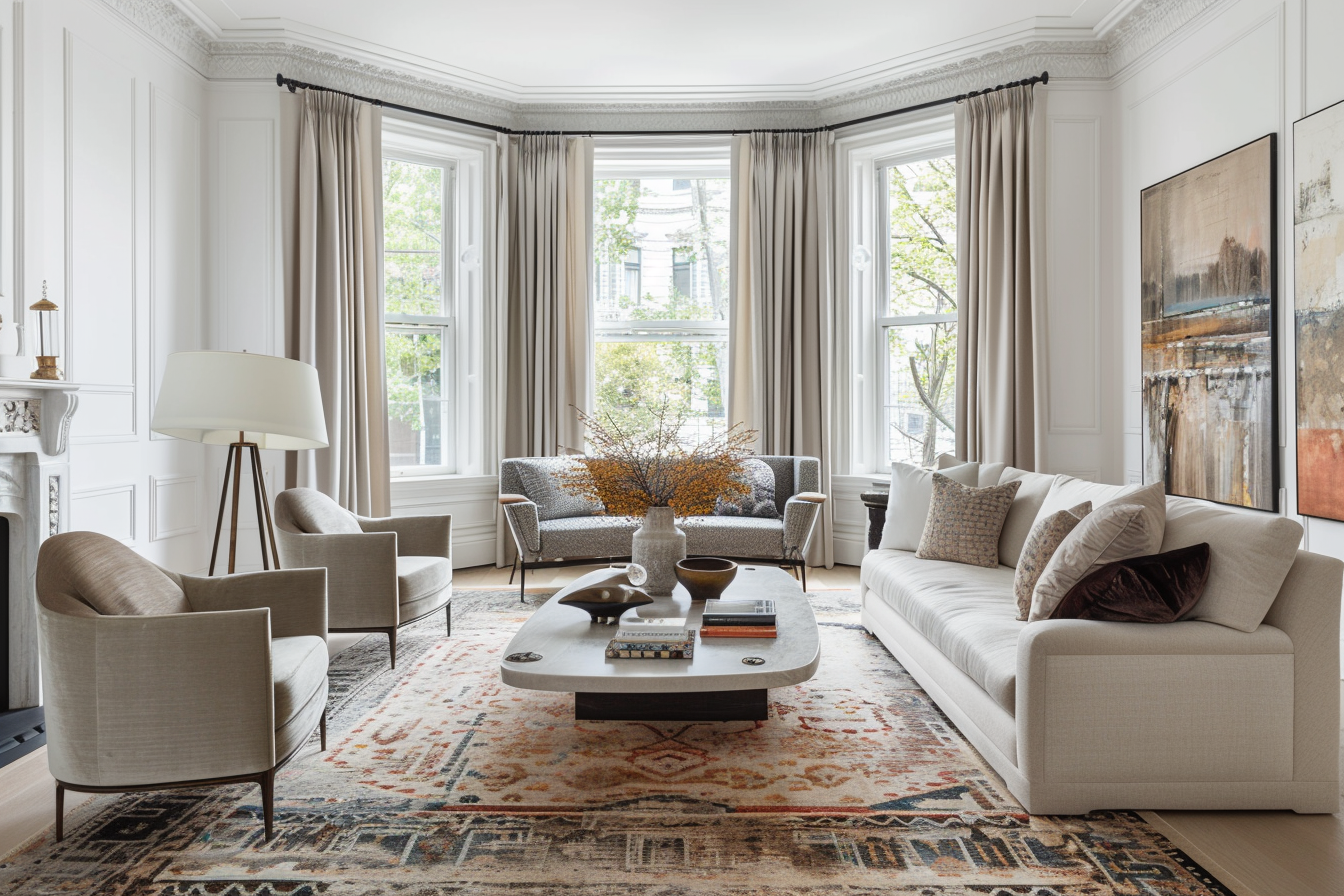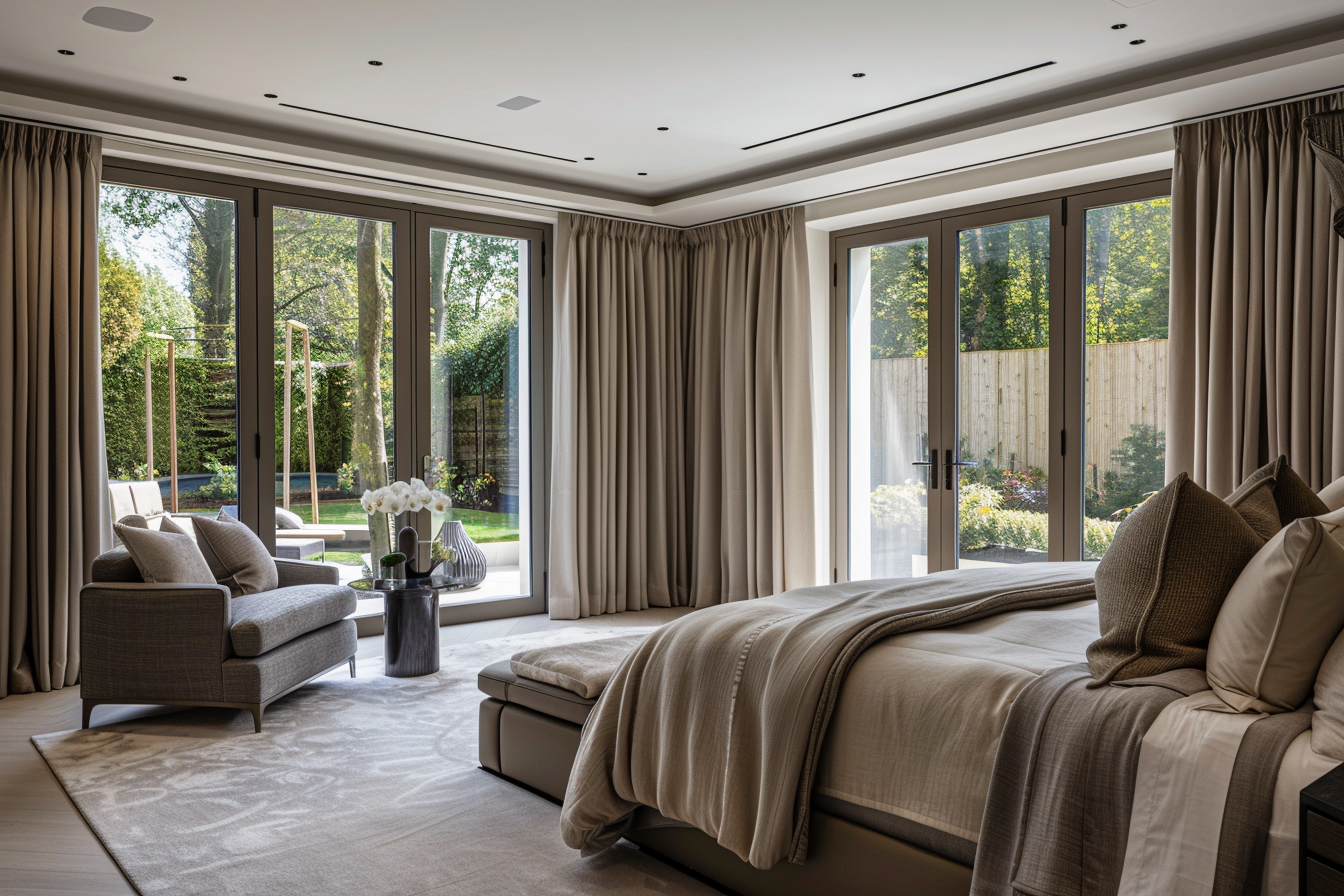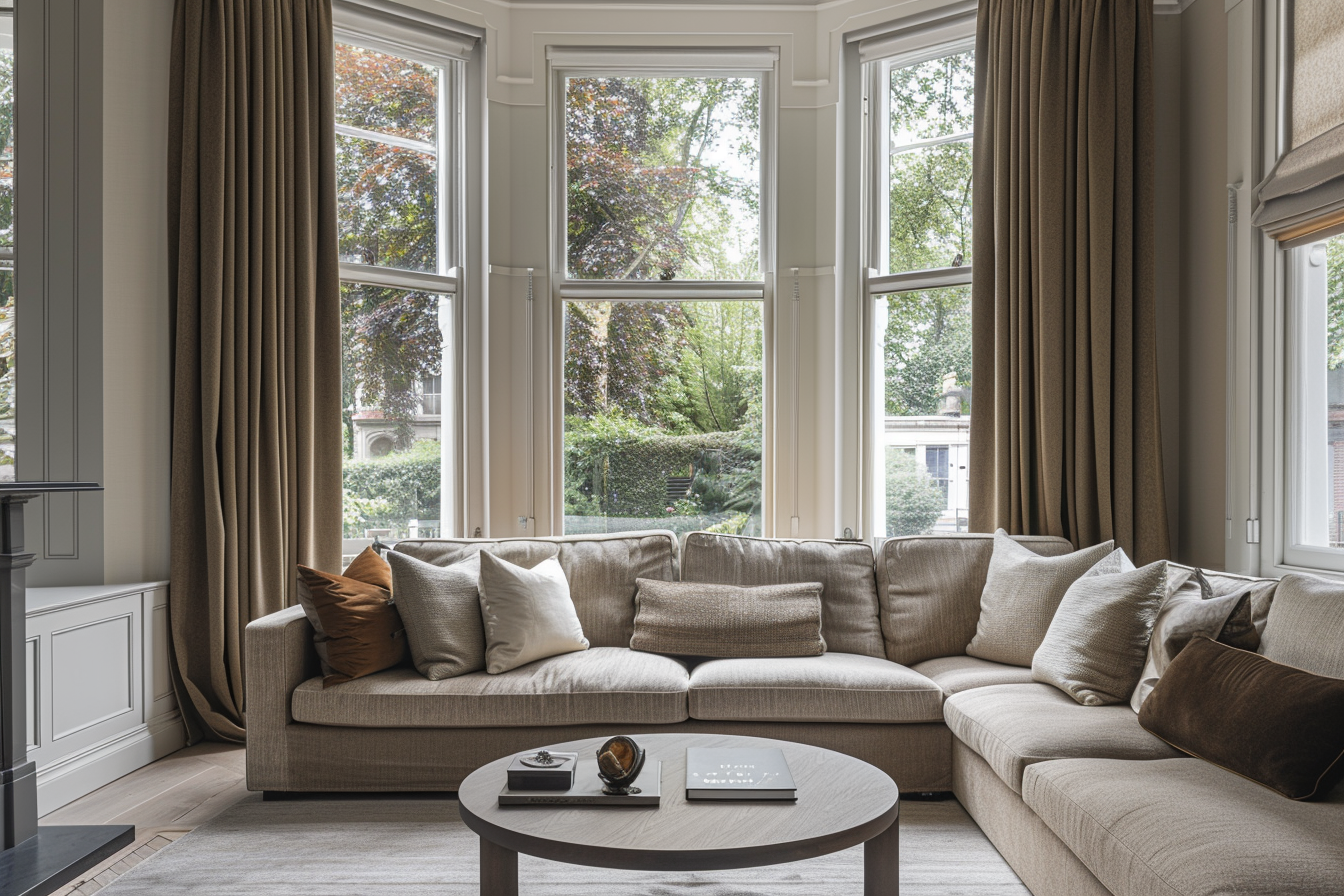It’s so easy to see why more and more people are wanting to try to emit as little light as possible into their homes in the summer months and evenings. While this isn’t only great for keeping out the heat at night, you’re essentially guaranteed a good nights sleep. The two contenders that are known for being up for the job are blackout blinds and blackout curtains. Both of these provide their own advantages and disadvantages. Plus, these are becoming more prevalent in homes as well.
However, if you’re trying to decide what’s best when you’re working on your window treatments, especially for it to line up with your interior design scheme, which is going to work best? While it all depends on your personal preferences in the end, it’s still going to greatly help to get an understanding on how both work and how they could benefit you. So, in the battle between blackout curtains vs. blinds, here’s what you need to know!
What are Blackout Blinds?
Blinds are already known for filtering out light and giving that much-needed layer of privacy, you can think of blackout blinds as something similar, but with a few differences. For starters, typical
blinds are usually made from a thin plastic (not always) but when it comes to blackout blinds, the material is thicker as it focuses on light-blocking material.

What are Blackout Curtains?
Known for it’s soundproof and insulation properties, the custom blackout curtains are a window treatment that offers heavy fabric with the intention of blocking out the light and blackening the room. These are not the same as room darkening curtains, which still allows some light to emit through the fabric. Thanks to it’s thick and heavy fabric, some including multiple layers, this is often used as a multipurpose window treatment for keeping cold out air and soundproofing the space.
What Are The Differences Between Blackout Curtains and Blinds?
There are a lot of differences between the two from installation, style, but even aesthetics all plays apart of it. For instance, when it comes to installation, blinds with blackout features are installed on the door or window itself while blackout curtains are going to be hung by a curtain rod instead. While blackout curtains entirely blackout the room unless you expose parts of the window, when it comes to blinds, you can either raise or lower the blind to control how much light you’re wanting in the space.
Essential to Consider When Deciding Between Blackout Curtains vs Blinds
When you’re deciding between blinds vs. blackout curtains, or any window treatments for that matter, it’s all going to be based on certain factors that will work best for you and your home. In general, when it comes to window treatments you’re going to want these to work out best for you, meaning that you’re going to need to think a little into this. Window treatments are not all about aesthetics (though printed blackout curtains can make an impact on the space), but they impact the lifestyle too. So, whether you’re choosing from blackout curtains vs. blinds or anything else, here is everything to think about.
Think about how much space you have?
If you’re considering getting some rainbow blackout curtains then you first need to consider if you have the space for it. You’re going to need holder brackets or even a curtain box that’s larger than your window. If you’re space is compact or if you’re wanting to go to a minimalistic approach than blinds or even roller shades could suffice. Plus, if you’re wanting outdoor blackout curtains then this is far more possible with pergolas or pavilions compared to blinds, which wouldn’t complement the space all too well.
The design specifications
Whether you’re wanting back tab blackout curtains, blackout outdoor curtains, or blinds, you’ll need to consider the design specifications itself to ensure that everything can meet your demand and aesthetics.
How much privacy do you require?
You need to first consider what room you’re wanting this to be in, are you looking for window treatments that bring complete privacy such as for a bedroom or are you okay with some exposure such as in a living room? This is going to heavily impact what option may be best. Usually, blackout curtains are considered ideal for bedrooms but blinds can’t necessarily bring 100% opacity.
Furnishings
When it comes to room-darkening features and solutions, you can’t neglect the type of furniture that’s in the room. UV rays are notorious for damaging floors, art work, and precious furniture. Sun bleaching is a common issue, especially in the summer months. Plus, if you have plants in your home, you can’t simply shut out the light all day, as they need exposure to natural. If you’re wanting to bring just enough light in while also protecting your home from UV rays than blinds could be a great option. But this doesn’t mean that blackout noise reduction curtains wouldn’t work either. A lot of home owners will layer light filtering curtains such as sheer or lace with blackout to bring the best of both worlds in a room. So overall, it’s going to be based on your preference and what solution you’d think is easiest.
Thermal insulation
If you live in an area where it gets really cold in the winter months, or have extended periods of cold weather than you should pay close attention. Window treatments such as blackout curtains offer thermal insulation thanks to their thickness. These can be placed on windows and doors to keep the hot air inside and prevent the cold air from coming in. Make sure to consider the climate in your area before making a final call on what to buy.
Blackout Curtains vs. Blinds: What is Do You Pick?
Everyone deserves to get a good night’s sleep, and blackening out the room from outside light is the way to go. In the end, it’s going to be your decision as there are benefits to both blackout curtains and blinds. They both offer practical and flexible options while also enhancing the interior design in your space.





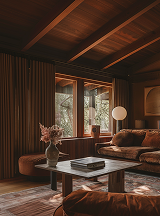
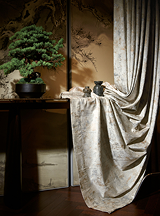







 Loyalty Plan
Loyalty Plan





